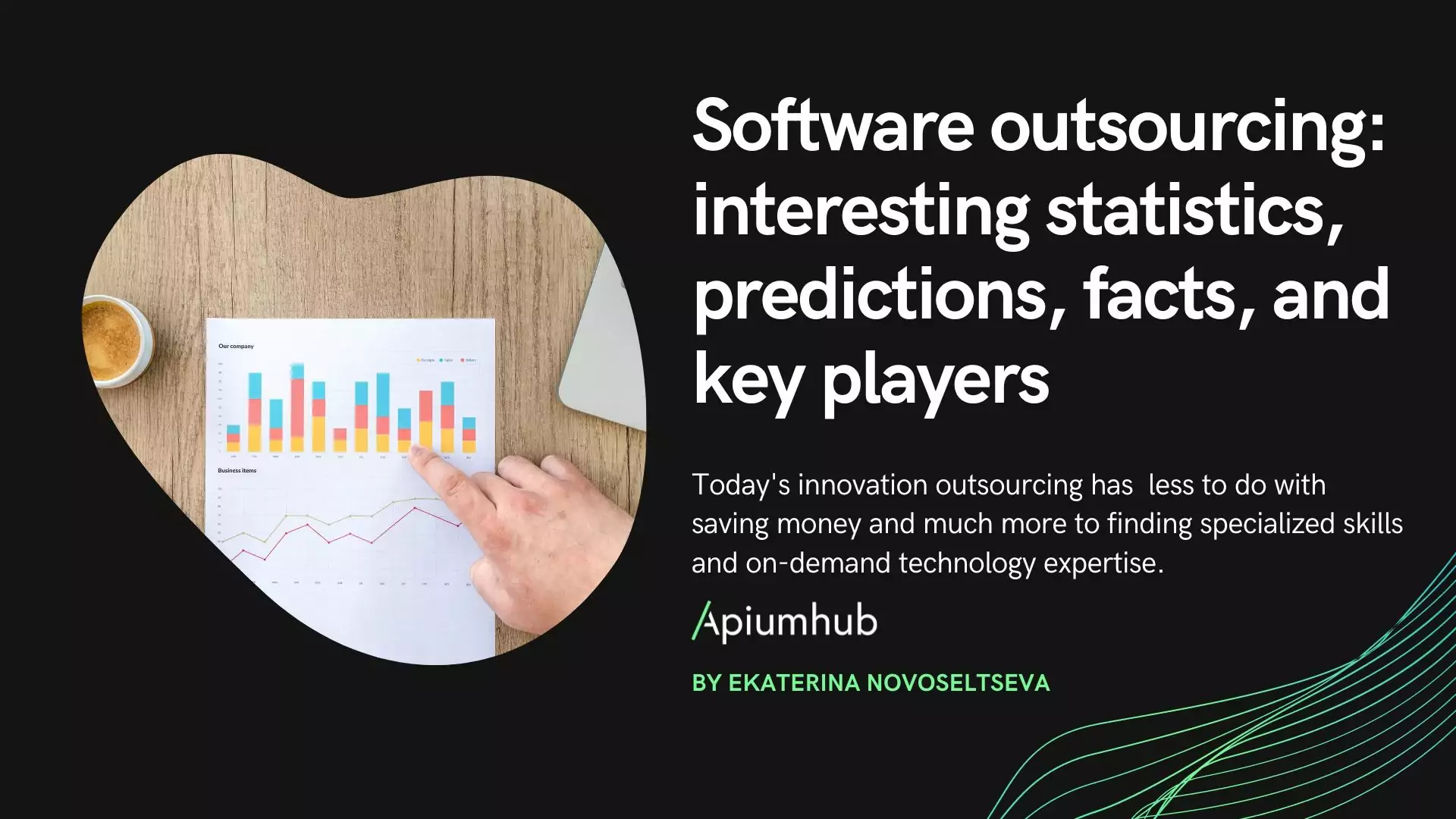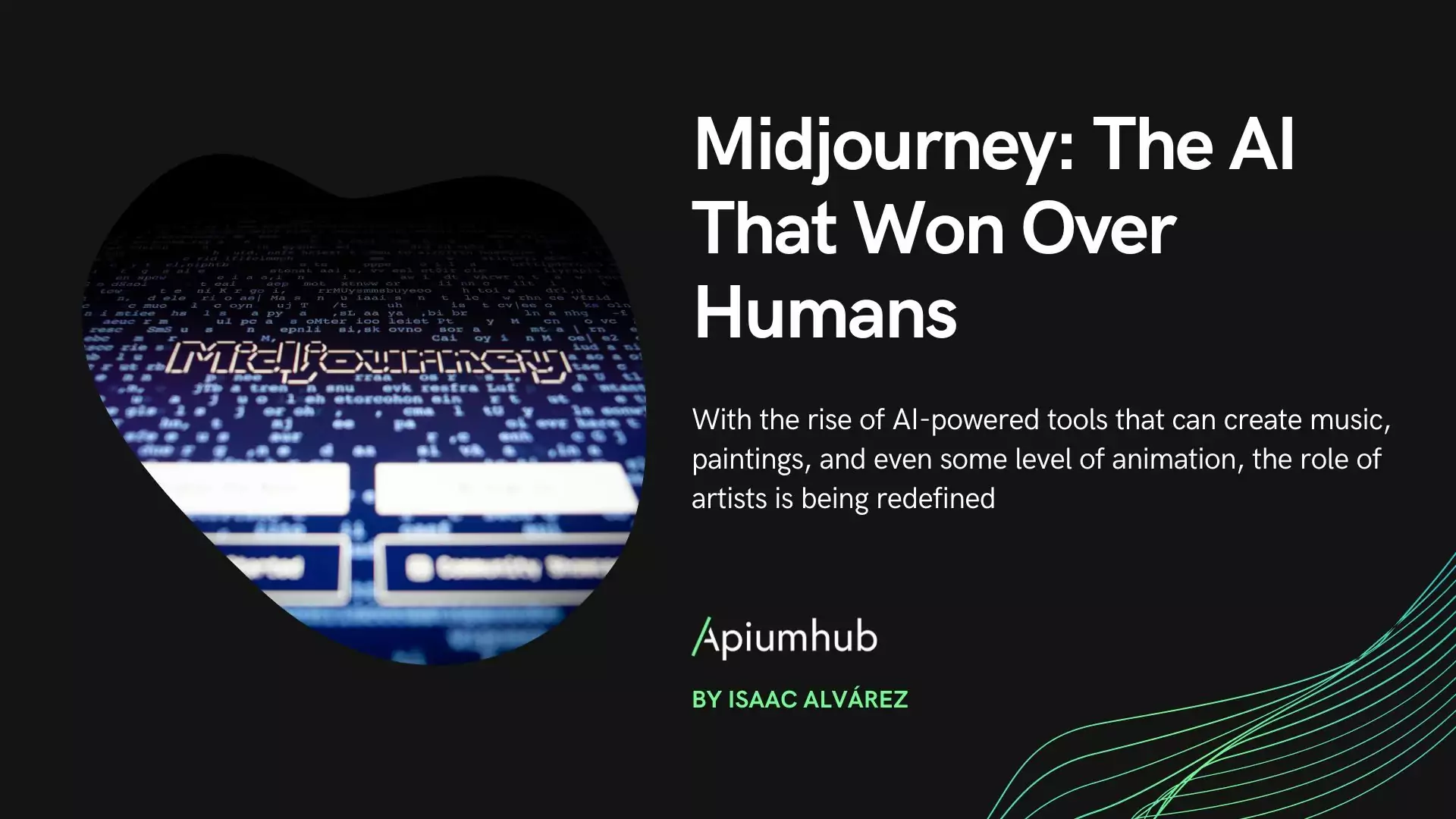Market research firm eMarketer estimates global e-commerce sales will reach about $ 3.563 trillion this year. The growth of online sale is very robust globally, with a growth rate about four times higher than that of all retail sales. Brick-and-mortar stores decided to fight back and put digital transformation and new technologies at the core of their strategy to improve customer in-store experience.
1) Digital marketing
Since electronic devices and internet are part of our daily life, digital marketing is at the core of digital transformation and has gained importance the last years: a new way to connect with current and prospective customers through digital channels, for example search engines, social media, email, etc. Digital marketing helps companies to reach more customers, to target a specific customer’s profile, increase the interaction between the company and the consumer, improve awareness of the product, service or company and many more advantages.
2) Omnichannel retail
Omnichannel consists in a multichannel sales approach (both physical and digital presence) that offers a unique and personalized shopping experience to customers. The main advantages of this digital transformation are sales increase due to deeper and better relationship with the customer, improves the customer perception towards the brand, increase customer knowledge and it improves the efficiency of social media. For example, Mediamarkt opened its first Digital Store in Barcelona, based on the interaction with its customers. It combines the digital experience in a physical store where customers select the product digitally and the store staff provides the support.
Also read: How to Merge Online And Offline For Retailers
3) Analytics
Nowadays companies, consumers, partners and societies leave an enormous amount of information of their activities. In data-driven era, corporations collect and analyze those huge datasets to drive a disruption in industry. Big data now is widely used in retail, since it enables to transmit it into insights in consumer behavior. Thus, you will be able to predict trends, forecast demands, optimize pricing and business operations and customize your offer to be ahead of consumer and satisfy their needs and wants.
4) Cloud services
In new era “no cloud” policy is as rare as “no-internet”. Corporations compete in industries incorporated by cloud technologies in attempt to adapt to rapidly changing technological trends. It enables companies to improve their operations to serve customers in an efficient way. It allows not only develop convenient app for them, but also improve client support, as technology makes it easier to quickly share information and access it any time that customer crave.
5) Artificial Intelligence
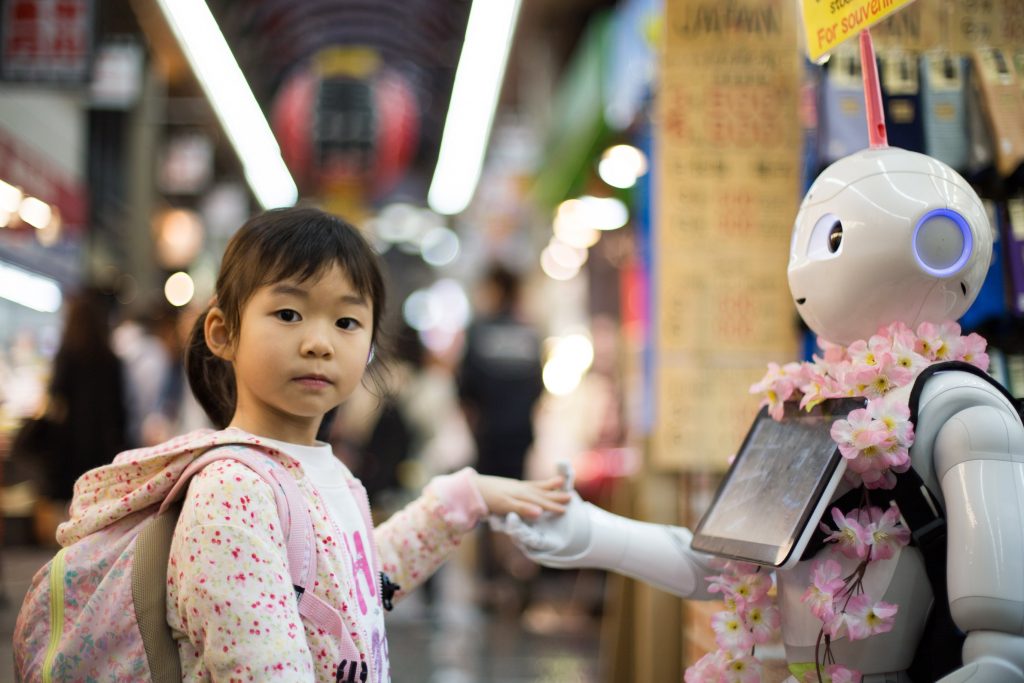
Artificial Intelligence is automating and reshaping the retail store experience, focussing on making it more convenient for the customer to shop. As reported by Deloitte, more than a third of major brand leaders are adopting AI to boost their business. A major AI change is the evolution of stores without cashiers. As for example, Amazon Go has an entirely automated supermarket in Seattle. It erases the checkout lines and cashiers. Techrepublic’s Alison DeNisco Rayome claimed that Amazon will open two more stores in Chicago and San Francisco.
6) Voice activation
Voice activation is one of the most popular technology in AI. Whether it is informing your Google Home to purchase things or asking Siri to look for a certain product online, voice control has earned its recognition into the retail space. Now even voice activation is beneficial for employees in retail stores; for example with “Theatro”, the employees can give or exchange information all through a store via voice-controlled wearables.
7) Virtual reality
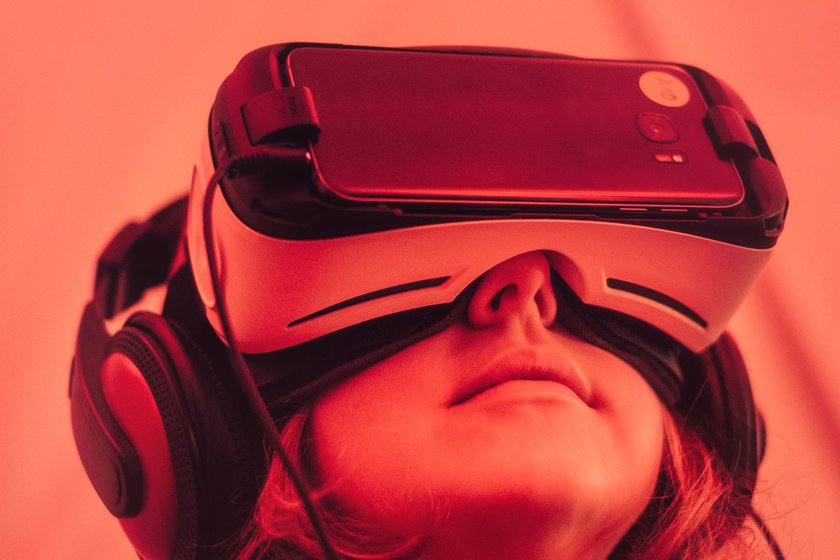
Virtual Reality (VR) is the use of computer technology to create a simulated environment. Unlike traditional user interfaces, VR places the user inside an experience. Instead of viewing a screen in front of them, users are immersed and able to interact with 3D worlds. By simulating as many senses as possible, such as vision, hearing, touch, even smell, the computer is transformed into a gatekeeper to this artificial world. The only limits to near-real VR experiences are the availability of content and cheap computing power.
8) Augmented Reality
Augmented reality is the result of using technology to superimpose information — sounds, images and text — on the world we see. Picture the “Minority Report” or “Iron Man” style of interactivity. This is rather different from virtual reality. Virtual reality means computer-generated environments for you to interact with, and be immersed in. Augmented reality (also known as AR), adds to the reality you would ordinarily see rather than replacing it.
9) Sensor data
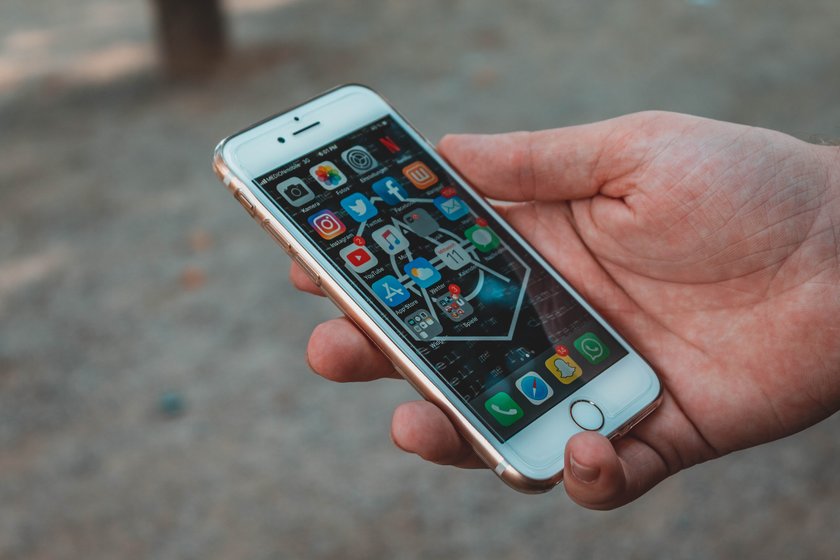
Sensor data is the output of a device that detects and responds to some type of input from the physical environment. Those are now used in stores to influence customer itinerary. Beacons, vessel of sensor data is widely used. Positioned around stores it connect with telephone on Bluetooth to instal the retail app. Thanks to this technology, retailers can follow their customers behavior but also push it towards certain products or promotion. Macy’s and Target already implemented it in the digital transformation strategy.
10) Face recognition
Close to sensor data, facial recognition also permit retailer to follow their consumers in the store. This should permit to determine customer demographics and even prevent theft. This could be pushed even further with personalized promotion based on previous purchase but also through the analysis of facial reactions toward certain ads.
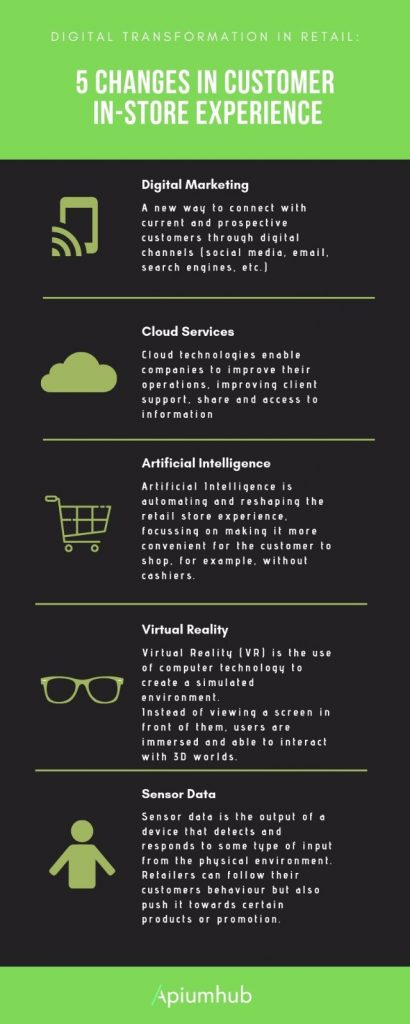
Authors:
Meritxell Collelldevall, Aisha Kamshybekova, Tianhe Lu, Raphaëlle Wagner, Jerry Lee Wielheesen

